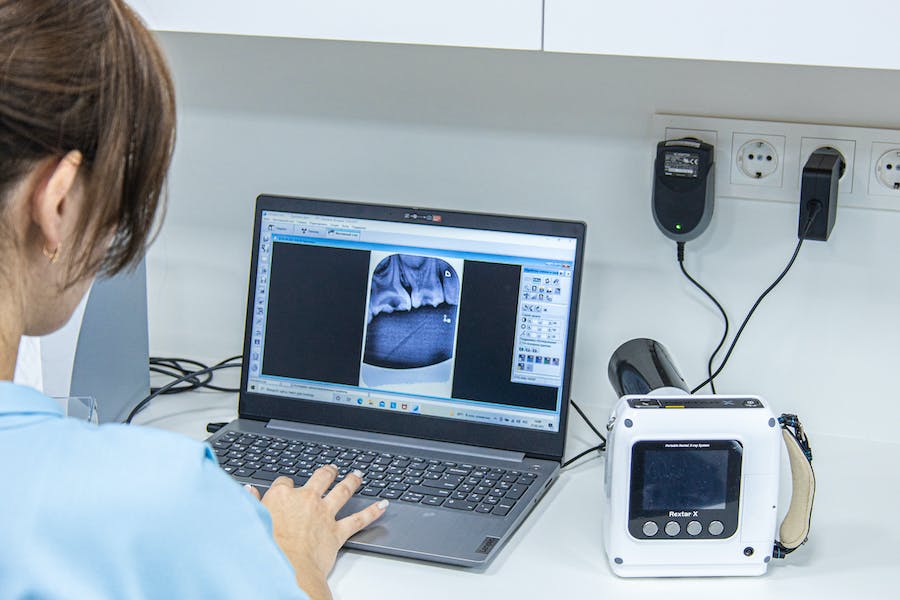
In the world of health services, efficiency is a constant pursuit. As you navigate the intricacies of healthcare center management, a pressing concern appears. It’s the complex interplay of finances and administrative tasks.
Balancing these demands while maintaining high-quality patient care can be challenging. The solution that unfolds here is the revenue cycle management (RCM) software. Beyond the buzzwords, it is a dynamic force reshaping the healthcare landscape.
In this article, we will explore how RCM helps manage finances and shows its commitment to streamlining processes. It will go through its abilities by which it enhances providing exceptional and compassionate health services.
Streamlining Financial Processes
RCM software and tools integrate seamlessly with the intricate financial landscape of healthcare institutions, ensuring a fluid and organized flow of revenue-related tasks. It includes everything from patient registration and appointment scheduling to billing and insurance claims.
Incorporating these revenue cycle management tools into daily healthcare processes is similar to having a dedicated financial conductor organizing components of such a cycle. These tools not only streamline routine tasks but also improve precision. It reduces the likelihood of errors leading to delayed reimbursements or billing discrepancies.
According to Millin Associates, leveraging such tools is a strategic move toward operational excellence. Implementing these tools optimizes the revenue cycle, allowing healthcare centers to allocate resources efficiently and focus on delivering quality patient care.
It’s not just a matter of embracing technology; it’s about reshaping the financial backbone of health services administration for more effectiveness.
Enhancing Billing and Coding Accuracy
Automating billing processes minimizes the chances of errors, ensuring that each service provided is accurately documented and billed.
Efficiency in billing and coding expedites revenue streams and enhances the centers’ overall financial health. It acts as a meticulous gatekeeper, ensuring that each transaction is accurately reflected in the billing process. In doing so, it not only boosts efficiency but also fortifies the financial foundation upon which the institution stands.
It also tackles the intricacies of medical coding with finesse. It’s mostly related to the communication with health insurance providers and the ICD-10, according to TechTarget. The ICD-10 medical coding system is used to categorize illnesses and ailments. Before the visit, the personnel at the doctor’s office usually confirm that the patient has the insurance they claim to have.
A healthcare practitioner or coder uses ICD-10 codes to classify the kind of therapy after the insured individual receives medical care. This, of course, comes into action for certain disease treatments and when the individual has paid any necessary co-payments.
The patient will be paid for the remaining portion of their treatment, with the institution billing their insurance provider for the treatment summary. These include current Procedural Technology codes and ICD.
Thanks to its cognitive computing technology, these solutions ensure the right patients are allocated the right medical codes. Also, the process is sped up and accelerated using robotic process automation technology of RCM software.
Accelerating Payment Processes
RCM software significantly reduces the time to initiate and complete payment cycles. This rapid turnaround ensures a steady cash flow and minimizes the financial strain on wellness care centers.
It also acts as a vigilant guardian against delayed reimbursements. Its systematic approach to claims management, real-time tracking, and status updates empower the administrators to promptly identify and address any bottlenecks. This proactive stance not only expedites payment processes but also fosters a sense of financial predictability within the institution.
Improving Patient Experience
By automating and optimizing administrative processes, the software frees up valuable time for medical personnel to focus on patient care. Reducing paperwork and manual tasks means less time spent on administrative hurdles, allowing the staff to engage more meaningfully with patients.
Its efficiency in billing and claims processing contributes to a smoother patient journey. Swift and accurate billing not only enhances the financial aspect of the patient experience but also reduces potential stress associated with billing uncertainties. Patients can appreciate a transparent and streamlined process, increasing satisfaction and trust in the wellness care system.
Addressing Compliance and Regulations
The software’s robust features are designed to align with industry regulations, safeguarding sensitive patient information and financial data.
One of the key contributions of RCM software lies in its ability to adapt to the ever-evolving regulatory environment. Regular updates and real-time compliance checks enable wellness care centers to stay ahead of the curve. It minimizes the risk of non-compliance problems that might result in penalties or legal consequences.
It acts as a guardian of patient privacy, implementing stringent security measures to protect against data breaches and unauthorized access. It not only instills confidence in patients but also upholds the ethical standards expected in the industry.
Helps Delivering High-Quality Healthcare
Access to precise and up-to-date information enhances diagnostic accuracy, treatment planning, and overall patient care. It benefits individual patients and contributes to the collective improvement of the standards within a center.
Also, the software significantly improves the quality of healthcare provided to patients, according to Indeed. It does this by carefully monitoring an individual’s account lifespan, which includes initial charges, visits, insurance claims, rejections, and pay rates. The software’s strong data tracking feature enables medical specialists to see and examine large data volumes.
It makes it easier to find patterns and makes process improvement possible. This data-driven strategy, in turn, improves financial results and operation efficiency, which helps offer high-quality healthcare. It guarantees improved operations, reduces mistakes, and enhances decision-making across the revenue cycle.
Considerations for Choosing RCM Software
Integration capabilities are paramount. The chosen software should seamlessly mesh with existing systems to avoid disruptions in operations. Customization options are equally vital, ensuring that they align with the unique workflows and requirements of the healthcare center.
Comprehensive training and ongoing support are non-negotiable. The transition to RCM software should empower, not overwhelm, staff. A user-friendly interface and accessible support channels contribute to a smoother adoption process. Scalability is a key factor, and it should accommodate the growth and evolving needs of the institution.
Also, it is challenging for new technology to succeed if implemented without considering the current IT infrastructure and procedures. McKinsey & Company state that this makes it more difficult to get the intended outcomes. Supporting emerging technology with components of the wellness ecosystem is therefore crucial.
Updated protocols could be necessary for an algorithm intended to detect claims with increased chances of clinical refusal before submission. These aid in identifying and, most importantly, mitigating these risks. Organizations need to consider these things before deciding on an RCM program that can fix problems with workflow.
Robust security features cannot be overstated. With the sensitivity of patient data and financial information, it must adhere to stringent security standards.
Conclusion
Beyond mere financial expertise, the software empowers healthcare centers to deliver higher-quality care by streamlining processes and enhancing patient experiences. Its strategic adoption is not just a choice but a commitment to efficiency, compliance, and the well-being of medical personnel and patients.
It’s a technological ally propelling these institutions into a future where the focus shifts to providing exceptional and compassionate care.


